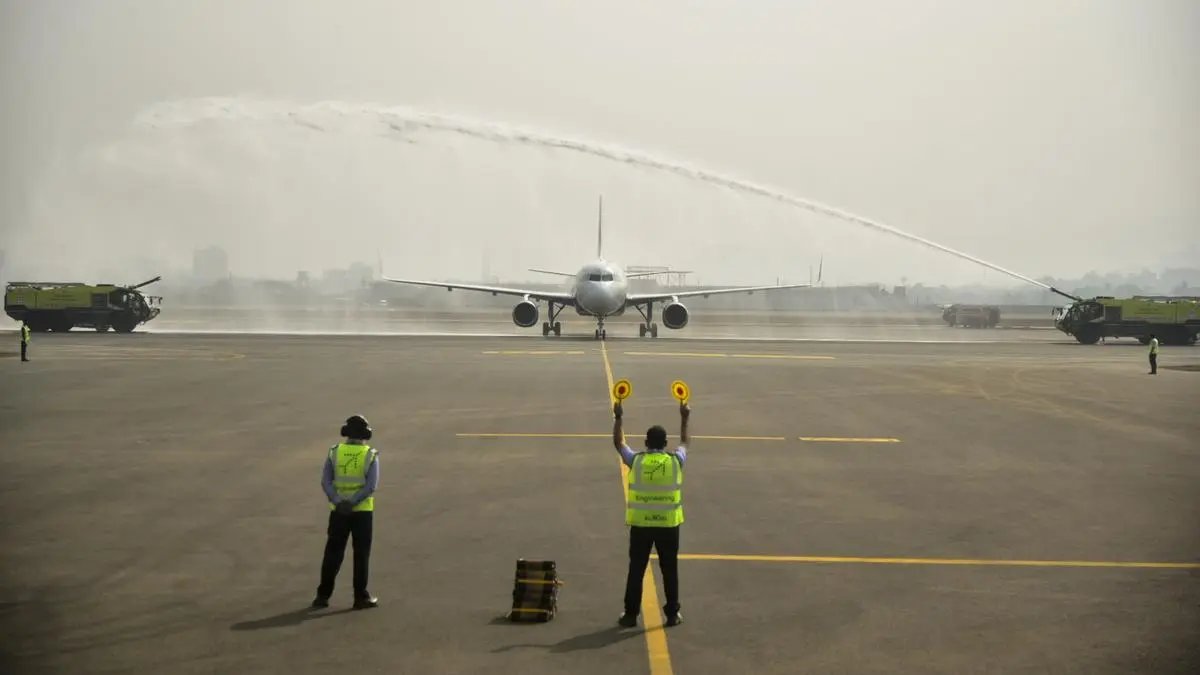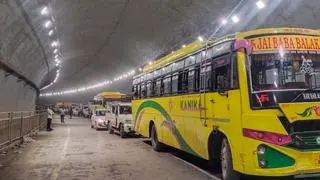Navi Mumbai Airport to provide meaningful employment: Officials


The commissioning of NMIA will place Mumbai among the ranks of global metropolitan cities like London, New York and Tokyo that operate on a twin-airport model.
The upcoming mega airport at Navi Mumbai is set to boost connectivity while generating “significant and meaningful” employment across aviation, logistics, hospitality, retail and related sectors, senior officials from the Union Ministry of Civil Aviation (MoCA) told businessline.
Speaking to businessline, a senior MoCA official estimated that the Navi Mumbai International Airport (NMIA) will generate over 2,00,000 direct and indirect jobs.
The mega infrastructure project will be inaugurated by Prime Minister Narendra Modi on October 8, 2025.
“NMIA will be a growth multiplier for India’s economy,” the senior MoCA official said.
“With its integrated infrastructure and the growing commercial ecosystem around the airport, NMIA will also spur long-term career opportunities in real estate, IT parks and trade-driven industries.”
Besides, the commissioning of NMIA will place Mumbai among the ranks of global metropolitan cities like London, New York and Tokyo that operate on a twin-airport model.
Boosting Mumbai Metropolitan Region’s passenger capacity
Notably, NMIA will complement Chhatrapati Shivaji Maharaj International Airport (CSMIA), starting with a capacity of 20 million passengers per annum (MPPA) and scaling up to 90 MPPA.
Together, the dual-airport system will raise the overall passenger capacity of the Mumbai Metropolitan Region (MMR) to over 155 MPPA.
According to the official, the dual-airport system will position Mumbai as “the primary gateway for Indian travellers to the world, while also connecting global destinations to India’s tier-2 and tier-3 cities.”
“This seamless two-way connectivity will strengthen trade, tourism and people-to-people exchanges,” he said.
Apart from passenger facilities, the airport will feature a fully automated cargo terminal with AI monitoring.
“This cargo terminal, with its advanced features leveraging cutting-edge technology, will reduce turnaround times and increase the cargo capacity of the MMR,” another senior official said.
Consequently, NMIA will handle 0.5 million tonnes of cargo annually in phase one, with advanced facilities for perishables, express cargo, and pharmaceuticals — scaling up to 3.2 million tonnes at full build-out.
Overall, the airport project spans 1,160 hectares (2,866 acres), making it one of the largest greenfield airport developments in the country.
It will begin operations with one runway and one terminal.
“The project will be expanded in future phases to two runways and four terminals, raising the overall passenger capacity to 90 MPPA, ensuring scalability for decades ahead,” another senior official said.
NMIA is being developed under a Public-Private Partnership (PPP) model, with Adani Airport Holdings Limited (AAHL) holding a 74 per cent stake, and the City and Industrial Development Corporation of Maharashtra (CIDCO) holding the remaining 26 per cent.
More Like This


Published on October 5, 2025


